 MIT Develop Efficient Solar Powered De-Icer Coating
09. 11. 2018
#Raw Materials
MIT Develop Efficient Solar Powered De-Icer Coating
09. 11. 2018
#Raw Materials

News that researchers at MIT have made a key breakthrough in the field of de-icing, may have suppliers of some chemical raw materials worried. This is because the MIT team have developed a coating that acts as an effective de-icer using a heating model that is powered by minimal amounts of daylight or artificial light.
In doing so, they may have solved a major problem, in keeping oil rigs, overhead power lines, wind turbines, broadcast towers, planes (both stationary and in-flight), trains, trams, ships, and numerous other equipment ice free; at the same time, they have begun events that may cause serious disruption to producers of chemical de-icers.
The key to MIT’s new coating is that it does not try to produce enough heat to warm up the bulk of the equipment. Instead it is based on producing enough heat only to warm the area where the ice touches the surface. By spreading the heat thinly over a large surface area less energy is needed, so the ice melts more efficiently, even in areas not in the light.
Reporting on the discovery, the online scientific journal, Phys.org, describes how the photothermal trap coating has three separate layers. “The top layer is an absorber, which traps incoming sunlight and converts it to heat. The material the team used is highly efficient, absorbing 95 percent of the incident sunlight, and losing only 3 percent to re-radiation.”
This layer alone would help keep surfaces frost-free, but with two major limitations: It would only treat areas in direct sunlight, and most of the heat would disperse into the bulk of the object, instead of concentrating its energy on the surface, where it is needed.
The first problem was solved by adding a spreader layer, as Phys.org notes, “To compensate for the localization, the team added a very thin layer of aluminium, just 400 micrometres thick, which is heated by the absorber layer above it and very efficiently spreads that heat out laterally to cover the entire surface.”
Aluminium was chosen as they needed a substance which, as co-author Kripa K. Varanasi, Associate Professor at MIT explains, has a, "thermal response that is fast enough so that the heating takes place faster than the freezing."
The bottom layer is a simple foam insulator, designed to keep heat from dispersing downwards.

The effectiveness of the different coating layers
The potential for making this new de-icer a commercial success is high, as all three layers are made of substances that are commercially available and relatively inexpensive. The materials are bonded together, plus they can be bonded to the surface that needs protecting, possibly by being sprayed on, one layer at a time.
“In addition, to passive de-icing,” notes co-author Susmita Dash, currently Assistant Professor at the Indian Institute of Science, Bangalore, “the photothermal trap stays at an elevated temperature, thus preventing ice build-up altogether.”
The team have carried out extensive real-world outdoor testing, as well as detailed laboratory measurements proving the system’s effectiveness.

A melting ice droplet
The researchers have also now published their findings in the peer-review journal Science Advances, where they state that, “This photothermal trap confines heat at the surface and roughly yields an increase in surface temperature of 4°C for an increase in illumination intensity of 0.1 kW/m2.” Adding that, “Solar illumination can result in a temperature rise as high as 33°C, making this an extremely energy-efficient de-icing approach. The operability of the photothermal trap can be extended to harsher freezing conditions by using additional illumination such as LEDs.”
If commercial upscaling is possible, and there is no clear reason why it wouldn’t be, then this discovery will certainly affect manufacturers of chemical de-icers.
However, the extent to which it will impact the price of magnesium chloride remains to be seen. Like other chloride salts (calcium, potassium, or sodium) magnesium chloride has many other uses, such as in the manufacture of fibre glass tiles, ornamental plate, sanitary tiling, floor tiling, specialized forms of cement, and other light building materials. It is also used as a solidifying agent for protein in the food industry, and as a fireproofing agent for coal mining.
This versality as a raw material may shield producers of magnesium chloride from the worst effects of MIT’s new de-icer.
For now, the team is focused on optimising methods of application and testing the coating longevity but given the general simplicity of the technology and the great number of places that it could be used, it is likely that just like winter, this de-icer is coming.

AG CHEMI GROUP has been supplying industrial raw materials since 1994, and is a global supplier of magnesium chloride and other industrial ingredients.
If you want to find out more about AG CHEMI GROUP's magnesium chloride supply or a price for other industrial chemical raw materials please take a look at the AG CHEMI GROUP Catalogue.
Or contact Timur Khafizov directly (Tel. +420 777 227 387 or Email: timur.khafizov@ agchemigroup.eu

Specification & Price
Photo credit: DoOvi, ScienceAdvances, TradeVV, PeacockSalts, & KFDown